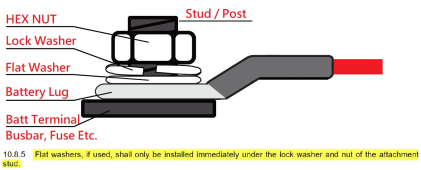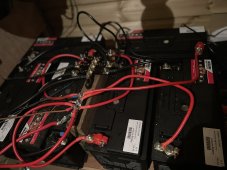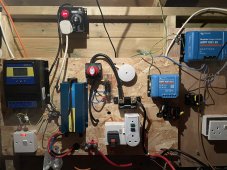sunshine_eggo
Happy Breffast!
Depends on battery type and manufacturer. 0.1C (10% of Ah in amps) is always safe. Some AGM may be happy at 0.2C and some even at 0.3C.
0.1C of 390Ah = 39A; 39A * 14.4V = 562W
0.2C of 390Ah = 78A; 78A * 14.4V = 1124W
15A max out of a single 360W (and you say MULTIPLE) panel(s) suggests you may be using 24V panels on a cheap PWM controller. PWM controllers work by shorting the panels to the battery. This forces the panel voltage to battery votage and likely cuts the POSSIBLE power output to 50%.
I'm not at all convinced new panels and new MPPT will fix your problem until we find out why you're not getting more than 15A out of your existing setup.
0.1C of 390Ah = 39A; 39A * 14.4V = 562W
0.2C of 390Ah = 78A; 78A * 14.4V = 1124W
15A max out of a single 360W (and you say MULTIPLE) panel(s) suggests you may be using 24V panels on a cheap PWM controller. PWM controllers work by shorting the panels to the battery. This forces the panel voltage to battery votage and likely cuts the POSSIBLE power output to 50%.
I'm not at all convinced new panels and new MPPT will fix your problem until we find out why you're not getting more than 15A out of your existing setup.






